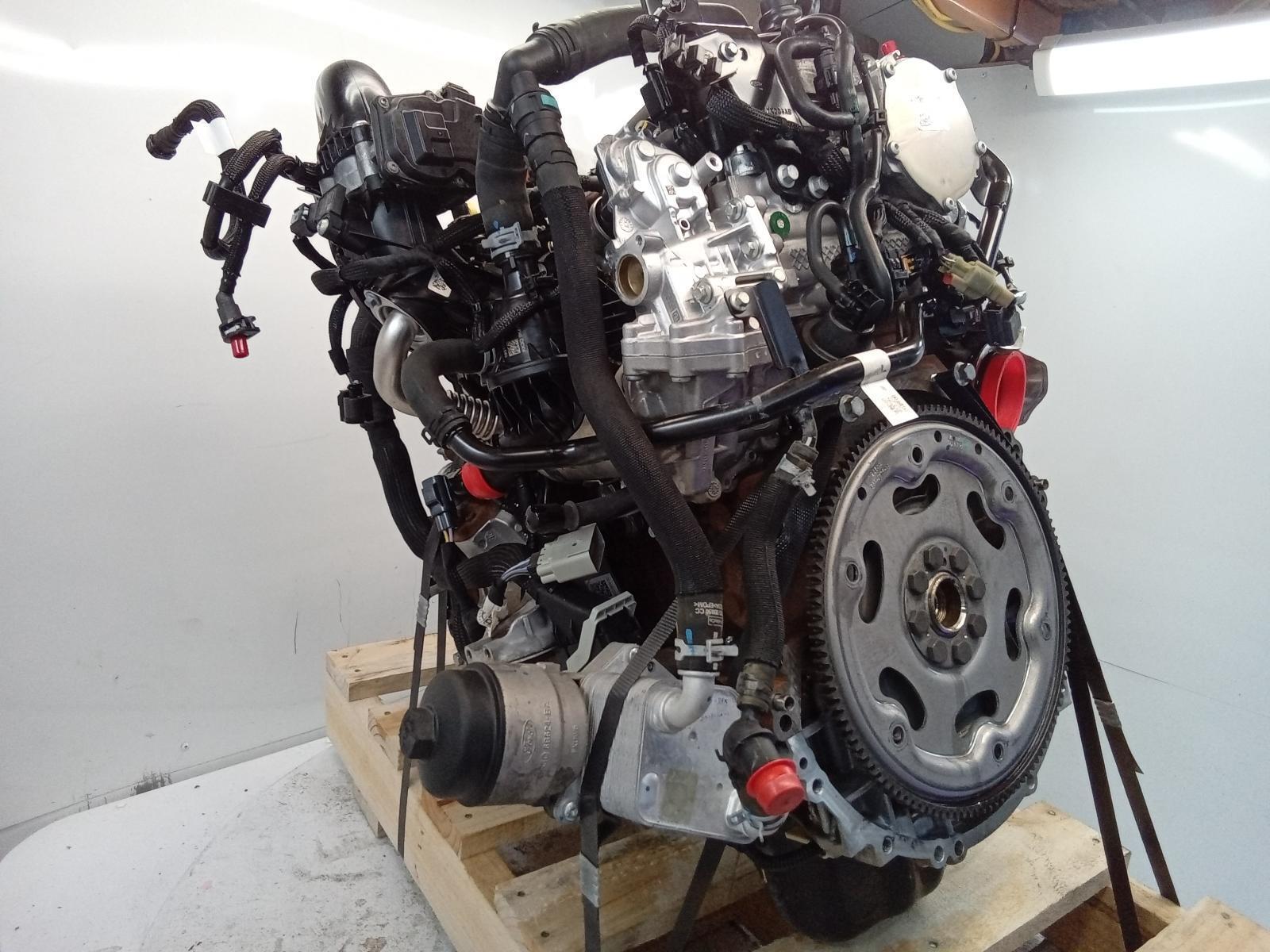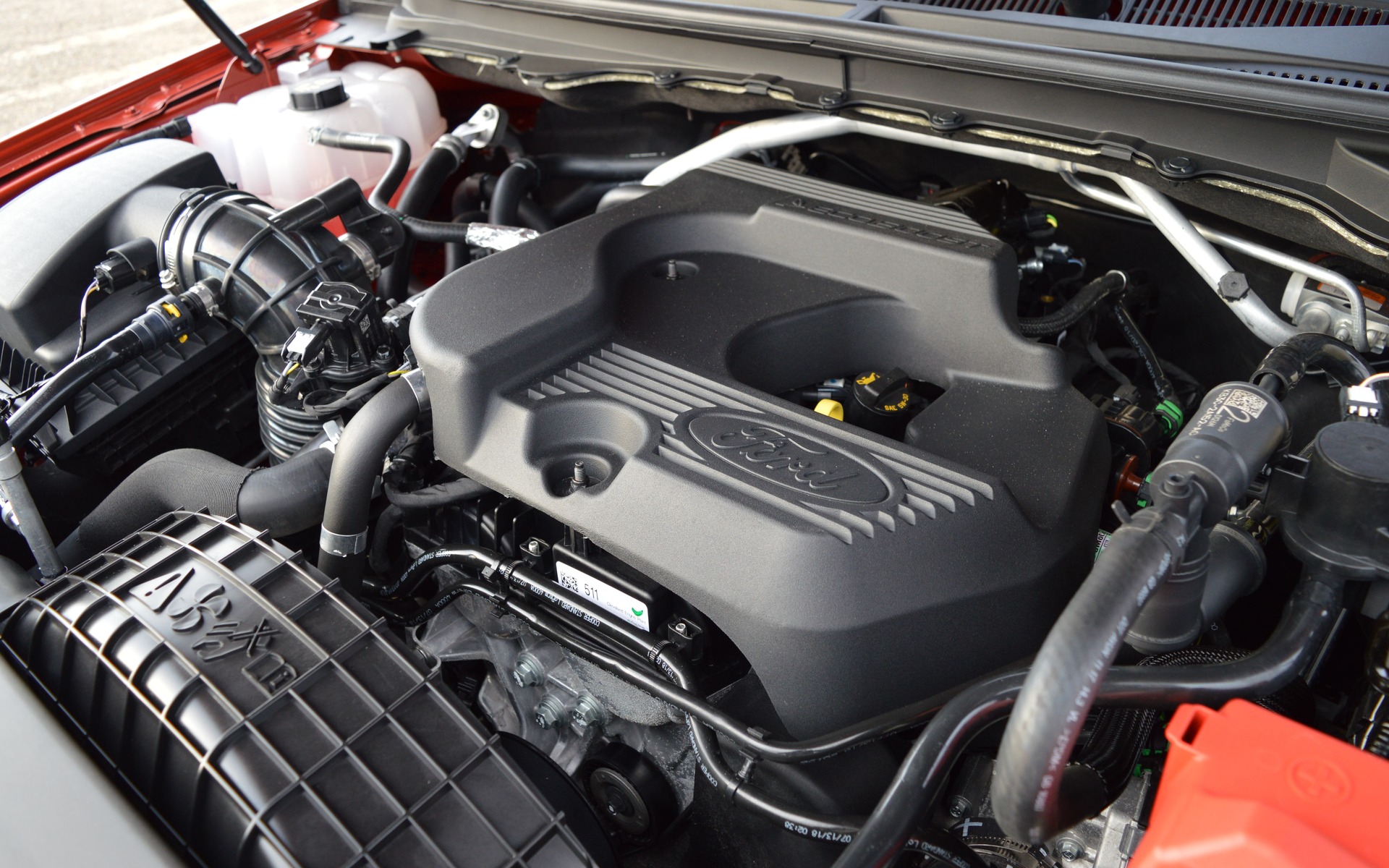Recognizing the Basics of Automobile Engines: Types, functions, and features

Introduction of Vehicle Engines
A car engine functions as the heart of an automobile, transforming gas into mechanical power to propel it onward. This elaborate system comprises different elements that work in unison to make certain ideal performance and effectiveness. The basic operation of an auto engine includes the internal burning process, wherein gas and air are blended, ignited, and eliminated to create power.
The engine's style can considerably impact its performance, fuel efficiency, and discharges. Key components include the cylinder block, pistons, crankshaft, and camshaft, each playing a critical role in the engine's overall function.
Along with these parts, engines usually use different systems such as fuel shot, ignition, and cooling down systems to boost performance and durability. Comprehending the basic technicians of auto engines is vital for detecting concerns and performing maintenance, inevitably adding to the car's reliability and performance in time.

Kinds of Cars And Truck Engines
Auto engines can be classified right into a number of kinds based upon their style, fuel type, and operational concepts. 2.2 ford ranger engine. The most typical categories consist of internal combustion engines (ICE), electric engines, and crossbreed engines
Internal burning engines, which can be further divided right into fuel and diesel motor, run by sparking a fuel-air mix to generate power. Gas engines are usually lighter and smoother, while diesel motor are more fuel-efficient and deal higher torque.
Electric engines use electrical energy kept in batteries to power an electrical motor, supplying instant torque and no exhausts throughout operation. As technology developments, electrical vehicles (EVs) are progressively coming to be preferred for their environmental advantages and lower running expenses.
Hybrid engines incorporate components of both inner burning and electrical engines, permitting versatile power resources and boosted gas performance. They can run in various settings, making use of either the gas engine, the electrical motor, or both concurrently.
Each kind of engine has unique benefits and downsides, affecting their application in different vehicle types and market segments, from portable vehicles to durable vehicles. Comprehending these types is vital for making educated decisions pertaining to automobile selection and performance expectations.
Engine Features Explained
Comprehending engine features is crucial for realizing how lorries run effectively. At the core of any interior combustion engine lies the fundamental procedure of transforming fuel into mechanical energy.
The ignition occurs following, sparking the mix and developing a rapid expansion of gases. This force drives the piston down throughout the power stroke, which ultimately converts into the rotational activity of the crankshaft. The exhaust stroke then expels the invested gases from the chamber, making means for a brand-new cycle to start.
Along with these key functions, engines also incorporate systems that handle air conditioning and lubrication, guaranteeing ideal functional temperature levels and lowering rubbing in between relocating parts. This elaborate interaction of functions enables the engine to produce the power required for automobile propulsion while keeping effectiveness and integrity. Recognizing these functions this article offers beneficial insight right into the intricacies of auto design and enhances the capability to identify and resolve engine-related issues successfully.
Secret Engine Attributes
Engine design incorporates a number of vital functions that significantly influence performance, performance, and toughness. Among one of the most vital aspects is the engine setup, that includes inline, V-type, and flat styles. Each setup influences the engine's dimension, balance, and power result, therefore impacting general automobile dynamics.
Another essential feature is the engine displacement, describing the total volume of all cyndrical tubes. Larger displacements commonly yield more power however may compromise gas effectiveness. Engine products additionally play an essential duty; light-weight and high-strength materials, such as light weight aluminum and magnesium alloys, improve efficiency without including extreme weight.
The sort of gas injection system utilized-- such as multi-port or direct injection-- influences burning efficiency and exhausts. Turbocharging and turbo charging are functions that boost engine performance forcibly additional air right into the combustion chamber, increasing power result without considerably increasing engine dimension.
Lastly, the existence of advanced engine monitoring systems optimizes fuel-air mix and ignition timing, contributing to smoother procedure and better gas economic situation. Collectively, these attributes specify an engine's capabilities, establishing the foundation for its efficiency and durability in an affordable vehicle landscape.
Maintenance Tips for Engines
Appropriate engine maintenance is crucial for making certain ideal performance and long life, as disregarding routine treatment can lead to significant issues down the line. To preserve your engine effectively, begin with routine oil changes, typically every 3,000 to 7,500 miles, depending upon the sort of oil used. Fresh oil lubes engine elements, reducing friction and wear.
In addition, keeping track of coolant degrees is vital to avoid getting too hot. Make certain that the coolant is topped up and is in excellent problem to keep reliable temperature level policy. Regularly replace and examine air and fuel filters, as blocked filters can hinder airflow and gas shipment, endangering engine performance.
Additionally, focus on spark plugs and ignition systems. Malfunctioning or worn trigger plugs can lead to misfiring and decreased performance. Checking the battery terminals and connections for deterioration is additionally websites necessary, as a weak battery can impact engine starting.

Verdict
In summary, a comprehensive understanding of automobile engines includes different types, features, and vital functions that significantly affect automobile performance. Inner combustion engines, together with electrical and hybrid options, show diverse mechanisms for power conversion. 2.2 ford ranger engine. Identifying the crucial functions, such as consumption and exhaust cycles, alongside important engine attributes like configuration and gas injection systems, furnishes car proprietors with the knowledge essential for reliable maintenance and operation, ultimately boosting automobile durability and performance
A vehicle engine offers as the heart of a lorry, converting gas right into mechanical power to move it onward. The basic operation of a cars and truck engine includes the internal burning process, where gas and air are blended, stired up, and gotten rid of to create power.
Frequently replace and inspect air and fuel filters, as clogged filters can hinder air flow and fuel delivery, endangering engine effectiveness. - 2.2 ford ranger engine
In recap, a detailed understanding of car engines encompasses different kinds, functions, and vital attributes that significantly influence automobile performance. Recognizing the vital functions, such as consumption and exhaust cycles, along with crucial engine functions like arrangement and fuel injection systems, outfits car owners with the knowledge necessary for reliable maintenance and procedure, ultimately enhancing vehicle durability and efficiency.